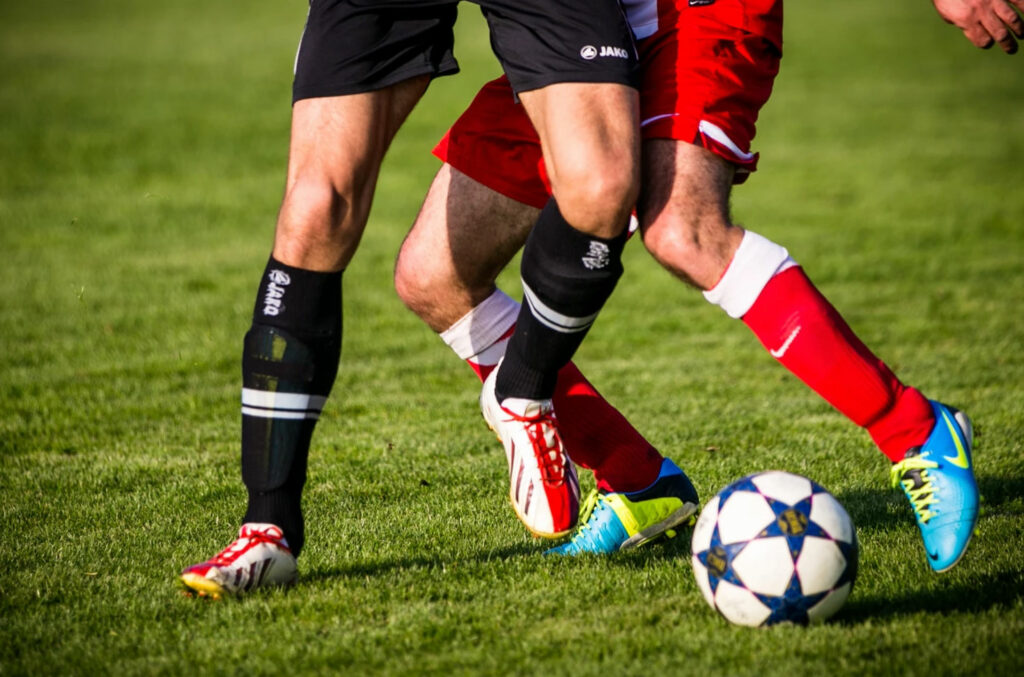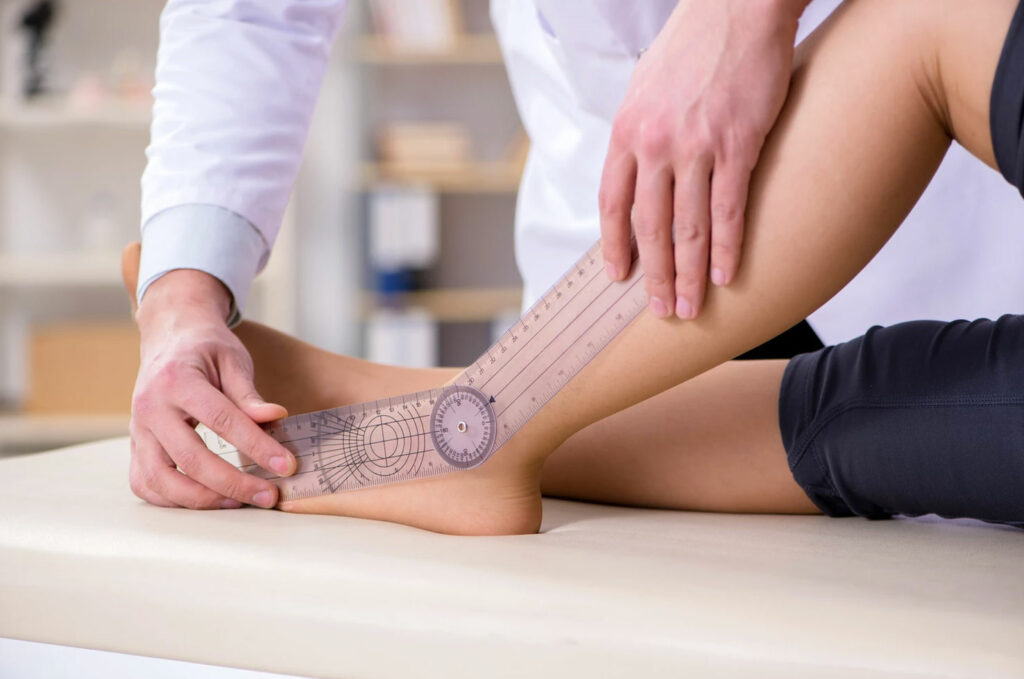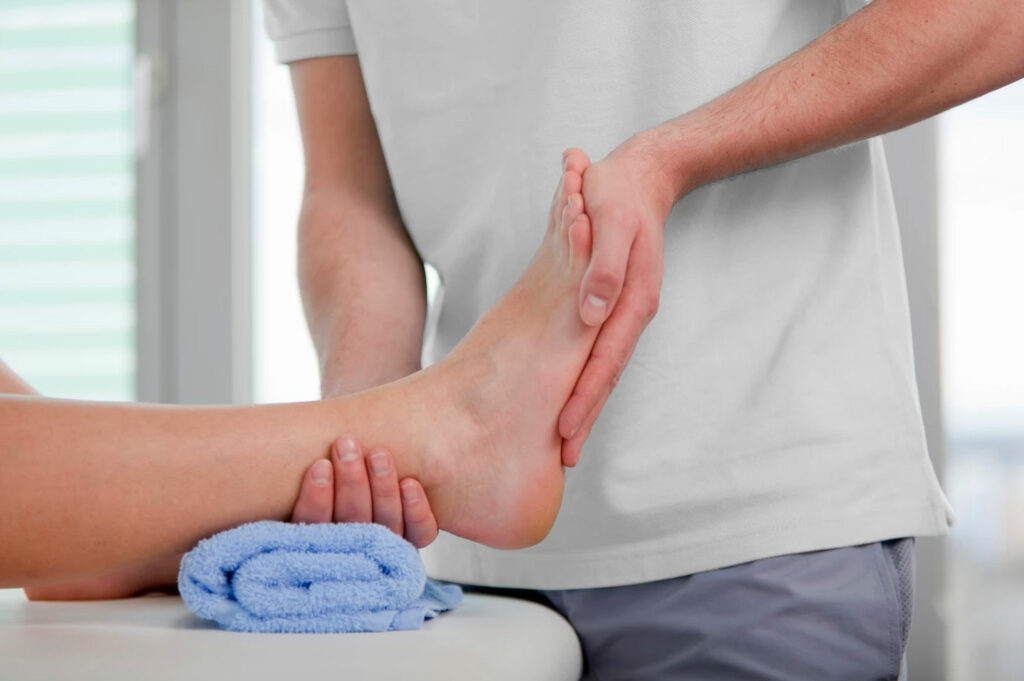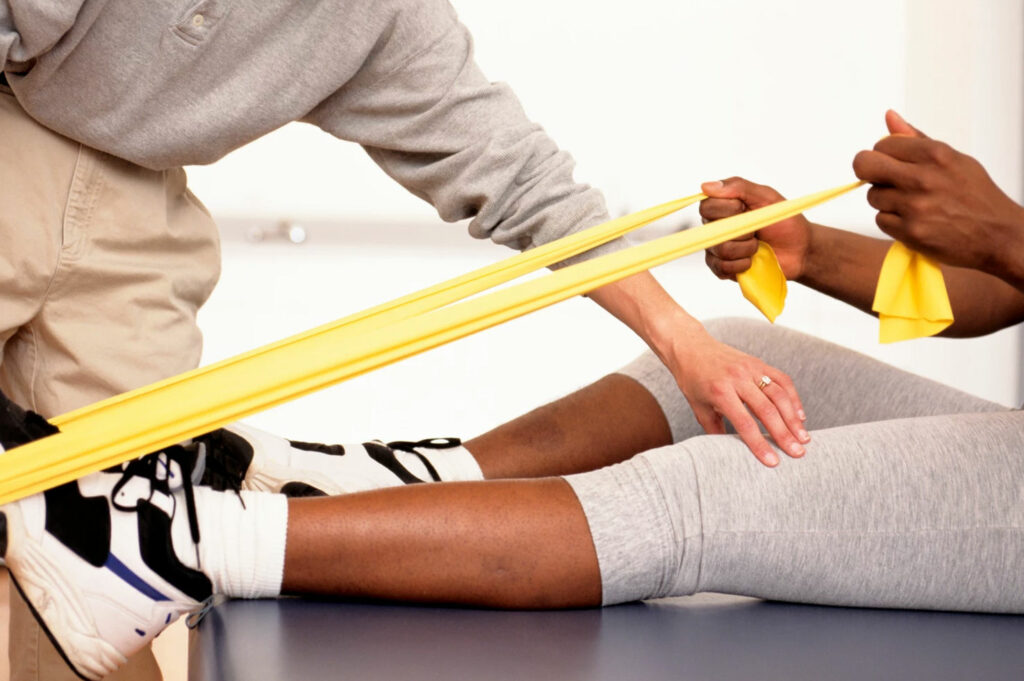
Your Guide to Clinical Exercise Classes by Physiotherapists versus Exercise Physiologists at RedoHealth
Have you heard about the mystical Chinese art of Qigong? If you have, I still believe that Qigong may remain something of a mystery to

Ankle sprains are a common injury.
Common in active people.
Common in clumsy people.
And those who need to regularly traverse uneven surfaces, a bit like some of the sidewalks around Balmain and Rozelle.
Most clients I meet in the clinic have had at least one ankle sprain. And some several over the years. Often related to sport. Sometimes due to general hypermobility.
Ankle sprains are very common in those who have played a lot of netball, basketball or soccer.
People often think of ankle sprains as a minor and isolated injury.
However as a ConnectTherapy™ trained physiotherapist I see firsthand how an ankle injury can impact other areas of the body – the knee, hip, pelvis, thorax, neck and shoulders. It is through the compensations of the body in which an ankle sprain can have ramifications down the line.
As such I believe that it is always important to seek out physiotherapy care for an ankle sprain.
An ankle sprain is when you stretch your ankle ligaments beyond their capacity.
Unlike tendons (which attach muscles to bones) which are quite elastic, ligaments (which attach bones to bones) are relatively more “plastic” due in large part to the organization and type of collagen they are composed of.
The most common mechanism for spraining one’s ankle is when the ankle “rolls” into plantarflexion and inversion – in essence a “rolled ankle”.
I am often surprised when people tell me that they have never sprained their ankle, but that they have rolled it more times than they can count.
A sprained ankle = a rolled ankle.
They are one and the same.
Moving beyond the semantics of it, a rolled ankle is likely just a grade 1 ankle sprain and heals quite quickly as opposed to a “sprained ankle” which may take weeks to months to recover.

Yes. There are two key types of ankle sprain.
They are based on the mechanism of injury and which ankle ligaments are injured.

An ankle sprain is a biomechanical injury that often results from:
For those who have recurrent ankle sprains, it is often due to:
A more severe injury where there has been a complete tear of one or more of the ankle ligaments, resulting in a lot of discomfort and pain. This injury may take 3 months to recover.
Depending on a variety of factors – mechanism, grade of injury, etc, other soft tissues may be injured as well – including muscles and tendons around the foot and ankle. This can result in more swelling, pain and immobility.
Most ankle sprains are relatively uncomplicated and heal well. But as postulated with the title of this week’s blog…

The simple answer is yes. But really it depends on the case and the individual.
When in doubt, go see your Physiotherapist to get the all clear.
For a grade 1 ankle sprain that heal over a couple of weeks, it may not be necessary, but if you are an active individual it would be good to ensure your ankle sprain isn’t resulting in other compensations – especially important if you are dealing with any other body aches, pains or niggles.
For grade 2 and 3 ankle sprains, without a doubt you should get your ankle assessed.
A Physiotherapist may refer you for scans to rule out a fracture. Using manual techniques, exercise and education, they can assist your recovery – regaining mobility, rebuilding strength, restoring balance and proprioception and return to exercise and sport.
An ankle that is swollen, stiff and painful can result in a lot of other body compensations:
A weight shift onto the other side of your body.
This will result in your unaffected side working that much harder.
And the muscles of your affected knee, hip, and back work less due to less stimulation.
The longer you go on with left-right body imbalances the more this may perpetuate local pain, stiffness and swelling in your ankle. And may lead to issues elsewhere.


In the first few days of your injury your ankle may be swollen, bruised and tender to touch, and struggle to bear weight. At this stage, the main goal is to assist with the injury process.
Swelling is a necessary part of the injury process and there is some debate on whether or not to ice to decrease swelling. In any event, ice can be used for pain management. The use of NSAIDs or anti-inflammatories is not recommended, however analgesics can be used for pain. The reason behind this is we want to support the natural inflammatory response to tissue injury. Taking NSAIDs (and ice) may limit this process.
The key principle recommended here is PRICE.
PRICE = Protection. Rest. Ice. Compression. Elevation.
Protection. Brace or bandage to limit motion and therefore stress on the injured ligaments, depending on the severity of the sprain.
Rest. Relative rest that is. Not bed rest. You will just need to limit activity that requires loading the affected ankle. So any exercise using your upper body or unaffected leg is fine. Other low impact exercises such as swimming or cycling are recommended.
Ice. Initially used for pain management and to prevent excessive swelling. Apply for 10-20 minutes every 2 hours over the first 3 days.
Compression. Helps to reduce and manage swelling. Compass with bandages or taping. Not too tight to prevent blood flow which is essential for assisting in the healing process.
Elevation. Elevate the foot above heart level. Due to decreased mobility, swelling may further increase. Elevating the affected foot will assist in managing swelling.
Alongside this, your physiotherapist may recommend:


Now it’s time to promote a return to activity and as such your rehabilitation will be progressed to ensure:
Exercises may include:
At RedoHealth we really enjoy treating ankle sprains. Most ankle sprains we see heal well with no complications.
Putting on our ConnectTherapy lenses also allows us to see how your ankle injury impacts the rest of your body and by ensuring a restoration of ankle mobility and function we can help ensure a return to doing the things you love.
For those with ankle injuries that persist, with poor mobility and pain, it is often through addressing other areas (such as your thorax, the area that often does the most compensating) that we can assist you in achieving your maximum recovery.
Book an assessment to get your ankle assessed here.


Have you heard about the mystical Chinese art of Qigong? If you have, I still believe that Qigong may remain something of a mystery to

Have you heard about the mystical Chinese art of Qigong? If you have, I still believe that Qigong may remain something of a mystery to

Have you heard about the mystical Chinese art of Qigong? If you have, I still believe that Qigong may remain something of a mystery to